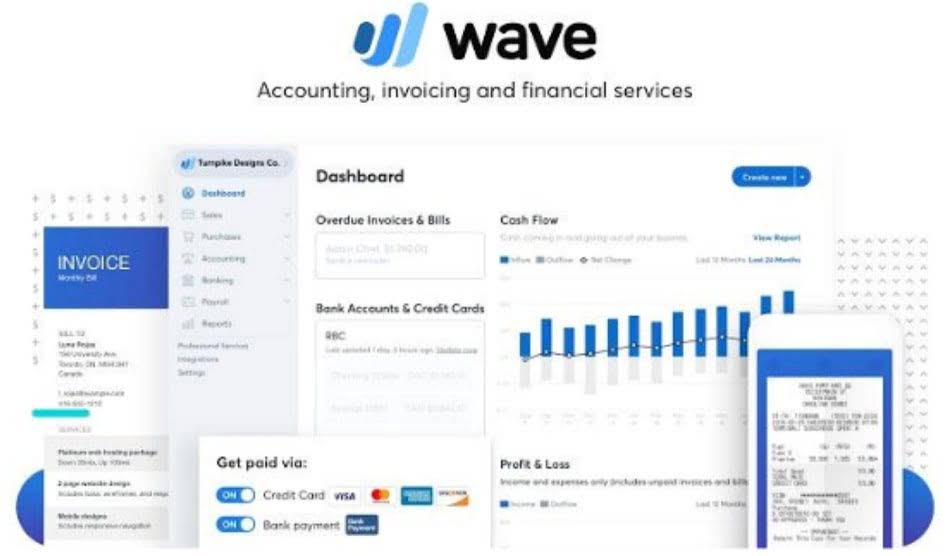
It involves paying out a nominal amount of dividends and retaining a good portion of the earnings, which offers a win-win. Your beginning retained earnings are the retained earnings on the balance sheet at the end of 2020 ($200,000, for example). The retention ratio (also known as the plowback ratio) is the percentage of net profits that the business owners keep in the business as retained earnings. The surplus can be distributed to the company’s shareholders according to the number of shares they own in the company. A company may also use the retained earnings to finance a new product launch to increase the company’s list of product offerings.
Retained Earnings in Accounting and What They Can Tell You
These reduce the size of a company’s balance sheet and asset value as the company no longer owns part of its liquid assets. A statement of retained earnings can be a standalone document or appended to the balance sheet at the end of each accounting period. Like other financial statements, a retained earnings statement is structured as an equation. Retained earnings are calculated by subtracting dividends from the sum total of retained earnings balance at the beginning of an accounting period and the net profit or (-) net loss of the accounting period. Beginning Period Retained Earnings is the balance in the retained earnings account as at the beginning of an accounting period. That is the closing balance of the retained earnings account as in the previous accounting period.
What does the statement of retained earnings include?

Alternatively, the company paying large dividends that exceed the other figures can also lead to the retained earnings going negative. Instead, they reallocate a portion of the RE to common stock and additional paid-in capital accounts. This allocation does not impact the overall size of the company’s balance sheet, but it does decrease the value of stocks per share. Distribution of dividends to shareholders can be in the form of cash or stock. Cash dividends represent a cash outflow and are recorded as reductions in the cash account.
Try QuickBooks Accounting Software for Small Businesses Free for 30 Days
- Retained earnings also provide your business a cushion against the economic downturn and give you the requisite support to sail through depression.
- As mentioned earlier, retained earnings appear under the shareholder’s equity section on the liability side of the balance sheet.
- The retained earnings are recorded under the shareholder’s equity section on the balance as on a specific date.
- Negative retained earnings mean a negative balance of retained earnings as appearing on the balance sheet under stockholder’s equity.
- As an important concept in accounting, the word “retained” captures the fact that because those earnings were not paid out to shareholders as dividends, they were instead retained by the company.
- Review the background of Brex Treasury or its investment professionals on FINRA’s BrokerCheck website.
Also, this outflow of cash would lead to a reduction in the retained earnings of the company as dividends are paid out of retained earnings. Thus, retained earnings are the profits of your business that remain after the dividend payments have been made to the shareholders since its inception. So, each time your business makes a net profit, the retained earnings of your business increase. Likewise, a net loss leads to a decrease in the retained earnings of your business. A statement of retained earnings shows the changes in a business’ equity accounts over time.
How to prepare a statement of retained earnings in 5 steps.

On the other hand, when a company generates surplus income, a portion of the long-term shareholders may expect some regular income in the form of dividends as a reward for putting their money into the company. Traders who look for short-term gains may also prefer dividend payments that offer instant gains. Profits give a lot of room to the business owner(s) or the company management to use the surplus money earned.
- This is because reinvestment of surplus earnings in the profitable investment avenues means increased future earnings for the company, eventually leading to increased future dividends.
- For instance, the first option leads to the earnings money going out of the books and accounts of the business forever because dividend payments are irreversible.
- Also, this outflow of cash would lead to a reduction in the retained earnings of the company as dividends are paid out of retained earnings.
- Since in our example, December 2019 is the current year for which retained earnings need to be calculated, December 2018 would be the previous year.
- My Accounting Course is a world-class educational resource developed by experts to simplify accounting, finance, & investment analysis topics, so students and professionals can learn and propel their careers.
- On one hand, high retained earnings could indicate financial strength since it demonstrates a track record of profitability in previous years.
- Therefore, a company with a large retained earnings balance may be well-positioned to purchase new assets in the future or offer increased dividend payments to its shareholders.
The beginning period retained earnings appear on the previous year’s balance sheet under the shareholder’s equity section. The beginning period retained earnings are thus the retained earnings of the previous year. There can be cases where a company may have a negative retained earnings balance. This is the case where the company has incurred more net losses than profits to date or has paid out more dividends than what it had in the retained earnings account.
In the first line, provide the name of the company (Company A in this case). Finally, provide the year for which such a statement is being prepared in the third line (For the Year retained earnings statement example wileyplus Ended 2019 in this case). All of the other options retain the earnings for use within the business, and such investments and funding activities constitute retained earnings.

